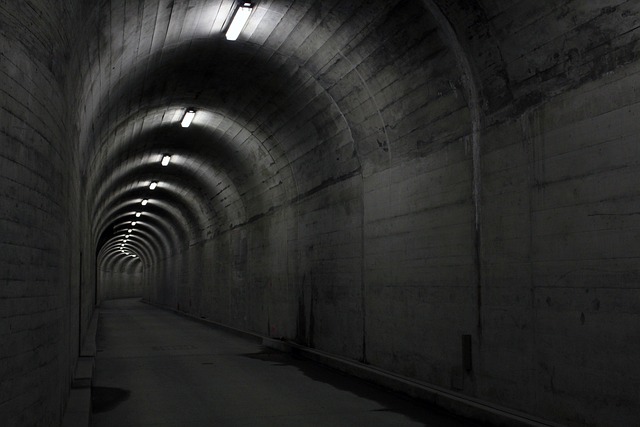In recent years, displacement has emerged as a poignant theme within the world of installation art—a medium that extends beyond traditional visual boundaries to create immersive experiences. Artists are increasingly using their installations to explore the complexities of displacement, both physical and emotional, as it intersects with fine arts and culture. Through expansive, interactive works, they invite viewers to reflect on personal and collective feelings of loss, migration, and belonging.
The sensation of displacement often resonates deeply; it’s a feeling many can relate to, whether stemming from migration, social upheaval, or even personal transitions. Installation art encapsulates this experience by transforming spaces into narratives that echo the struggles and triumphs of those who’ve been uprooted. These artworks do not just tell stories—they create environments saturated with emotion, enabling visitors to navigate through the intricacies of being in-between worlds.
Artists utilize a range of materials, textures, and spatial arrangements to evoke a sense of dislocation. For example, an installation might incorporate fragmented objects that represent broken homes or lost heritage, engaging viewers’ senses and emotions. Such works transcend mere observation; they compel us to confront the realities of those facing dislocation today. Through soundscapes, video projections, or even smell, installations can evoke memories that challenge the viewer’s understanding of home and identity.
Cultural context plays a vital role in these works, as many installations are informed by the artist’s own experiences of displacement or the historical narratives of communities significantly affected by relocation. When artists share their stories, they facilitate a dialogue that extends beyond their own experiences, inviting viewers to connect with a broader human condition. This fostering of empathy not only humanizes abstract issues but also enriches our understanding of diverse cultural backgrounds.
Installation art thus serves as a powerful political statement, a space for social commentary, and a catalyst for cultural conversations. In exploring displacement, artists challenge dominant narratives that often overlook the voices of marginalized communities. They force us to reflect on our assumptions about home, belonging, and identity, prompting a crucial examination of our contemporary world. The dialogue generated by these artworks often extends beyond gallery walls, inspiring community outreach, activism, and further artistic exploration.
Moreover, as audiences traverse these installations, they engage in a kind of participatory dialogue. By moving through the artwork, they embody the experience of displacement, feeling the weight of the narratives presented. It’s an experience that sheds light on shared human conditions—evoking feelings of nostalgia, empathy, and sometimes even discomfort. In this way, installation art bridges the gap between concept and experience, pushing boundaries and inviting deeper engagement with the theme of displacement.
The evolution of installation art as a vehicle for exploring displacement underscores the ever-changing nature of fine arts and the role of culture in shaping narratives. As artists continue to innovate and challenge norms, they remind us of the power of art to reflect, critique, and ultimately transform societal perspectives. Through their compelling installations, they not only articulate the feel of losing and finding a place but also invite us to reimagine what it means to belong in a deeply interconnected yet frequently fragmented world.




